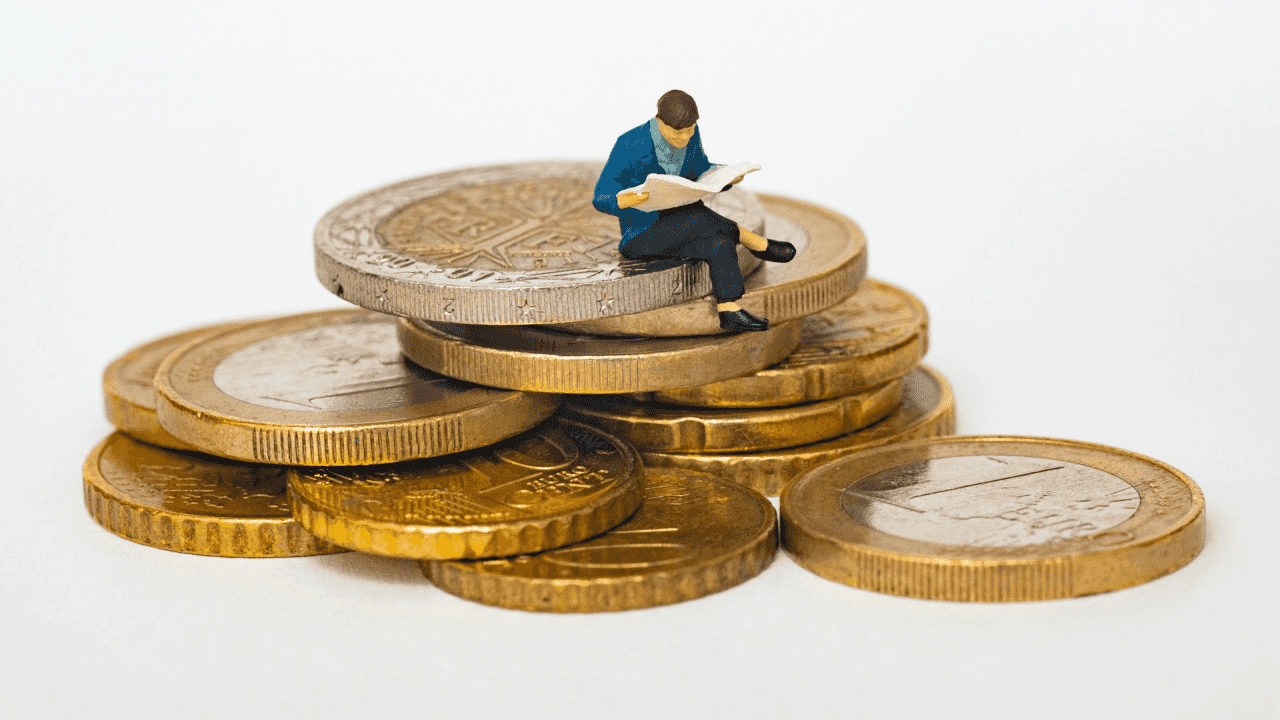
The Monuverse metaverse promises to enhance cultural heritage through NFTs. How can the blockchain benefit tourism?
It has been a year since Facebook turned into Meta and brought the word ‘metaverse’ into the limelight. Since then, all centralised projects, such as Roblox, or decentralised projects (the most popular being Decentraland and The Sandbox) that virtually connect people from all parts of the world have gained popularity. This is particularly welcome in light of what was experienced during the COVID-19 pandemic. But what can be done in the metaverse today? The different platforms offer services and experiences of all kinds, from play-to-earn video games to concerts, fashion shows and art exhibitions. Many projects, such as the Italian Monuverse initiative, have shown that the metaverse lends itself to enhancing the arts and tourism sector.
Blockchain for tourism and cultural heritage: use cases
The crypto metaverse, with its blockchain-based technology, promises to improve many aspects of our daily lives. If we consider tourism and the art world, NFTs and the metaverse are already being used on various levels. Non-fungible tokens, for instance, are being used as a format to sell tickets for events and exhibitions. The metaverse also allows people to visit museums and archaeological sites directly from their homes. Crypto metaverses in the style of Decentraland host reconstructions of monuments and digital art exhibitions as in the case of Decentraland Art Week. In general, the blockchain is used by tourism operators to build platforms for booking crypto holidays, tracking data and organising loyalty programmes. NFT artwork is also used as a tool to finance the reconstruction or preservation of historical monuments, as in the case of the Ukrainian Meta History Museum of War or the Monuverse metaverse,
In the Metaverse, art and monuments are boundless
From the point of view of the public, tourists, art lovers and collectors, the metaverse has arrived to enhance their experience by making it borderless. Digital museums are truly for everyone. Reconstructing a monument in the metaverse means making works of art more accessible both economically and geographically, as it should always be according to the concept of public goods. The experience in the metaverse, without replacing a trip to the real world, can be an opportunity to experience a work of art from an unusual point of view. As well as being free, accessible from home and environmentally sustainable. With the blockchain, tourism becomes unconditional and limitless because sites of interest are always available at any time. Digital tourists can discover the world with their own eyes, from wherever they are. The digital experience can only complement that of offline tourism.
The Monuverse metaverse: close to culture with NFTs
Monuverse, the crypto art project supported by Reasoned Art, fits into this landscape. Monuverse is building a virtual reality (accessible with Oculus) to host all the world’s most important monuments in NFT format, thus making them visitable by anyone. The Monuverse metaverse will become a central environment for digital tourists, artists, creators and brands by hosting cultural promotion events. The monuments in this metaverse will then be transformed into collectable NFTs. Regarding Italian monuments, Monuverse has an agreement with the Italian Ministry of Cultural Heritage to donate a percentage of royalties on NFT sales to institutions that restore works. The first monument chosen by Monuverse is the Arch of Peace in Milan, built in 1807 under Napoleon’s rule as an entrance to the main road that connected the Lombard capital with Paris. In this case, Monuverse entered into an agreement to donate a percentage of NFT sales to the Milan Superintendence of Cultural Heritage for the conservation and restoration of the monument itself.
The Peace Arch NFTs are examples of the generative art style and will be minted (in crypto jargon, created and registered on blockchain) on the 11th of November in 7,777 copies with different rarities.The owners of these NFTs, with their purchase, will directly contribute to the preservation of the Peace Arch and will be able to decide what the next work in the metaverse will be.




